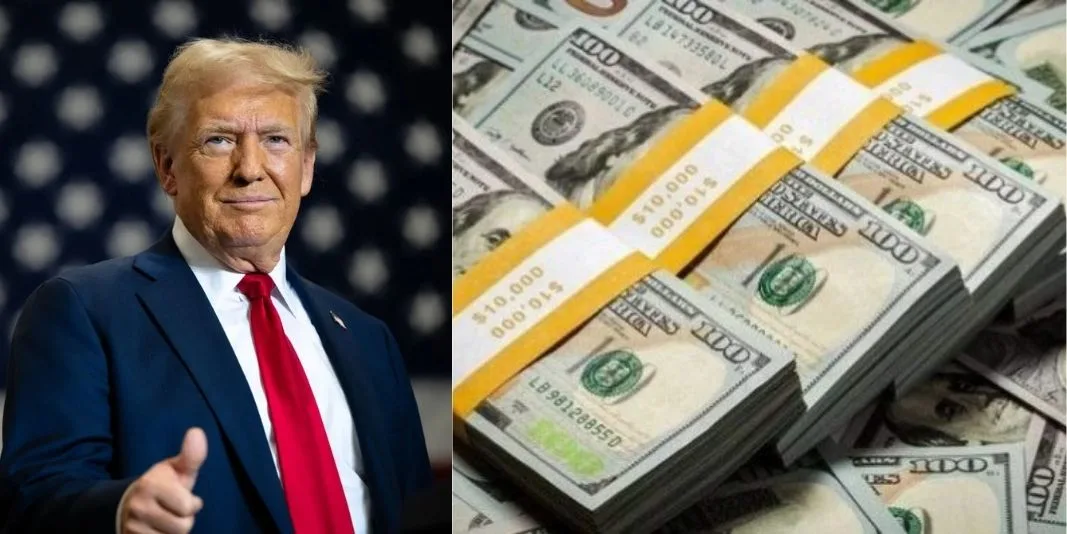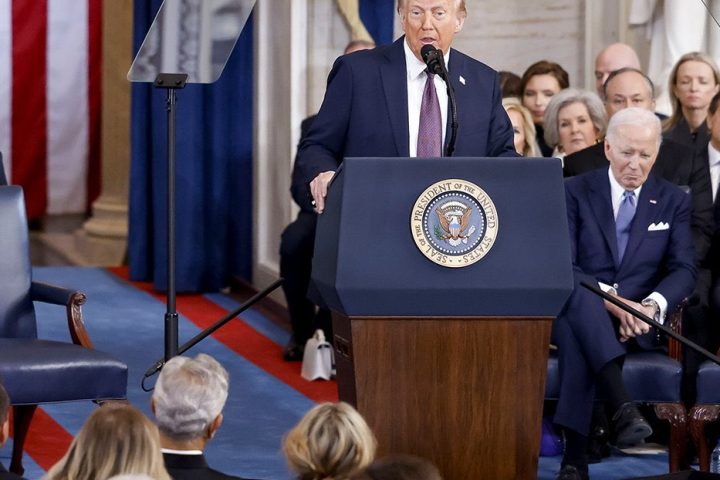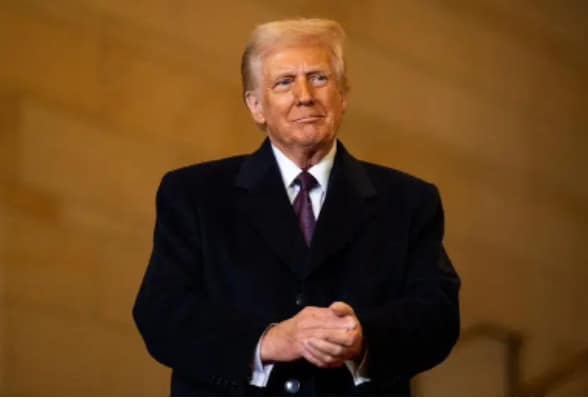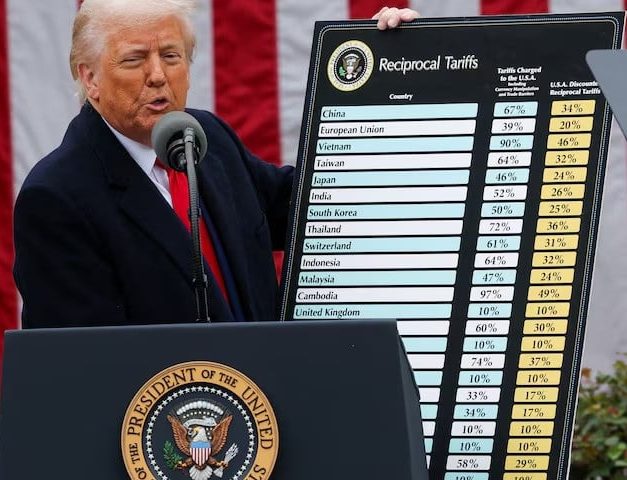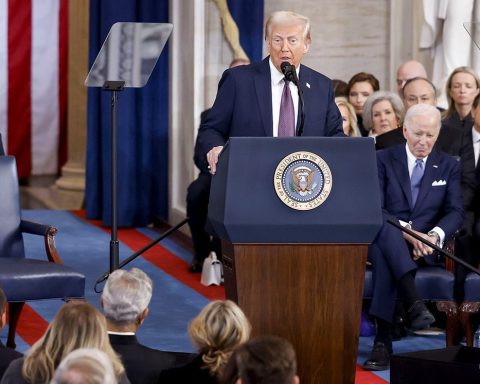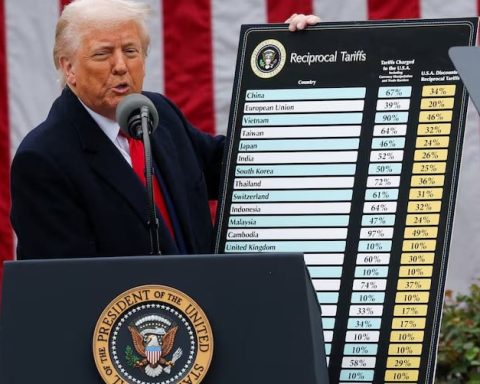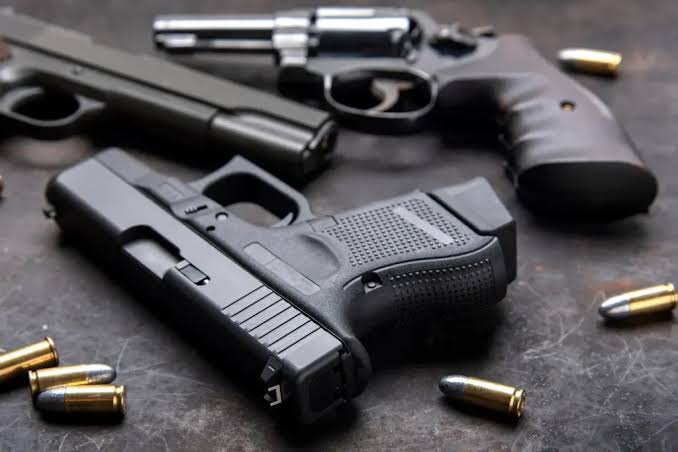Americans may not be giving President Donald J. Trump the credit he truly deserves, not for his tweets, not for his polarising rhetoric, but for something far more consequential: his strategic genius in protecting U.S. global dominance through economic warfare.
While many scoffed at his erratic decisions and dismissed him as impulsive, few could see the deeper pattern. Trump didn’t just disrupt global trade, he weaponized crises. And in doing so, he engineered one of the most effective counterattacks against the anti-dollar movement in modern history.
Join our WhatsApp ChannelThe Dollar Was Losing Ground
Before Trump’s presidency, the world was rapidly shifting. The BRICS alliance, Brazil, Russia, India, China, and South Africa, was gaining momentum.
Their vision of a multipolar world included de-dollarisation, and they were making real strides. Trade in local currencies was increasing. The IMF and World Bank were being challenged. The idea of an alternative global reserve currency was no longer fiction.
And the dollar? It was beginning to decline, not just in value, but in influence.
Trump’s Counterattack: Economic Shock Therapy
Enter Trump
He imposed unilateral tariffs, crashing the global trading system. In the short term, America took a hit; the U.S. stock market lost 10.5% in two days, shedding over $5 trillion in value. But that wasn’t a failure. That was a sacrifice. Like a master chess player, Trump was willing to lose a piece to win the board because what happened next was predictable, a global panic.
READ ALSO: How Loss Of Over $5 Trillion In U.S. Stock Exchange Affects Nigeria
In the face of uncertainty, international capital rushed back to the dollar, not out of love, but out of necessity. The same countries that had championed de-dollarization now faced currency devaluation, economic instability, and falling investor confidence.
The global south felt the pain first. BRICS nations became preoccupied, not with building alternatives, but with salvaging their own economies.
This is a brilliant disruption, if not Machiavellian.
Trump’s genius was simple yet devastating:
1. Initiate economic chaos.
2. Trigger a global flight to the dollar
3. Force anti-dollar coalitions to retreat into self-preservation.
4. Re-establish dollar dominance as the “safe haven” of last resort.
This is economic warfare, not through tanks or drones, but through capital flows and financial architecture.
A Delayed Revolution, A Resurgent Dollar
Trump’s global trade war slowed down the BRICS momentum. It derailed conversations on global financial reform. It exposed how fragile the path to de-dollarization really was. And while some global leaders tried to call his bluff, they underestimated how interconnected and unprepared the rest of the world was for monetary independence.
The result? A resurgent dollar. U.S. economic stability. And perhaps the most important geopolitical victory the U.S. has won in decades—without firing a shot.
Conclusion: Credit Where It’s Due
You don’t have to agree with Trump’s politics to recognize his tactical brilliance. While the world played checkers, Trump played currency chess. And in doing so, he reminded everyone that power doesn’t always look polished, it looks effective.
In the game of global supremacy, Trump didn’t just keep America first, he kept the dollar alive.
This is a carefully thought-out policy that requires a carefully thought-out counter from the global South, not a swift, singular reaction.
Abdulrazaq Hamzat is a multidimensional policy analyst

